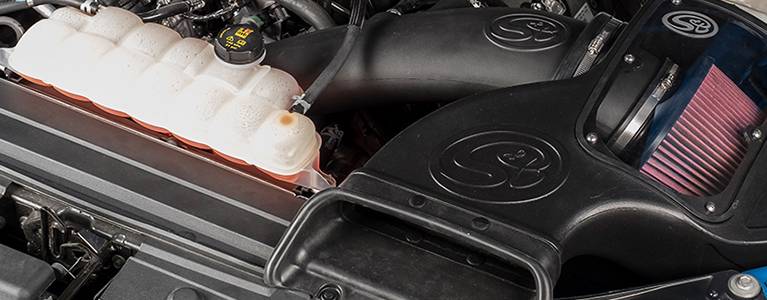How Much Power Does A Cold Air Intake Add

The quest for more horsepower is as old as the automobile itself. For decades, enthusiasts have turned to modifications like the cold air intake to squeeze out every last bit of performance. But in a rapidly evolving automotive landscape dominated by electrification and sophisticated engine management systems, the question arises: How much power does a cold air intake really add today? And, more importantly, how relevant will it be in the future?
Traditionally, a cold air intake improves engine performance by relocating the air filter away from the hot engine bay, allowing cooler, denser air to enter the combustion chamber. Cooler air means more oxygen molecules per volume, theoretically leading to a more complete and powerful combustion. While gains were often noticeable on older, carbureted engines, modern fuel-injected cars equipped with sophisticated ECUs (Engine Control Units) present a more complex scenario.
On a stock vehicle, the ECU is programmed to operate within a specific set of parameters. While a cold air intake can provide a slight increase in airflow, the ECU may compensate by adjusting fuel delivery to maintain the optimal air-fuel ratio. This can lead to minimal, if any, noticeable horsepower gains, often in the range of 5-15 horsepower at peak, and only at specific RPM ranges. The real benefit is often improved throttle response and a more aggressive intake sound, which can subjectively enhance the driving experience.
The Electric Elephant in the Room
The looming question, of course, is the rise of electric vehicles (EVs). EVs don't have internal combustion engines, rendering traditional cold air intakes completely irrelevant. The focus shifts entirely to maximizing battery efficiency, optimizing motor performance, and developing advanced thermal management systems. Instead of tinkering with air intake, engineers are now concentrating on areas like: increasing battery energy density, reducing motor weight, and improving regenerative braking capabilities.
Even in hybrid systems, the role of the internal combustion engine is evolving. Many modern hybrids prioritize fuel efficiency and emissions reduction, utilizing smaller, turbocharged engines that are often optimized for a narrow operating range. While a cold air intake might still offer a marginal power increase, the overall impact on the vehicle's performance and efficiency may be negligible compared to other modifications or software tuning focused on the electric motor and battery management system.
Smart Automotive Solutions and the Future of Tuning
The future of automotive performance lies in intelligent systems and software optimization. Over-the-air (OTA) updates are becoming increasingly common, allowing manufacturers to remotely improve vehicle performance, add new features, and even adjust engine parameters. This opens up possibilities for personalized performance tuning, where drivers can customize their vehicle's behavior based on their driving style and preferences.
Furthermore, advanced sensors and data analytics are providing engineers with unprecedented insights into how vehicles are used in the real world. This data can be used to develop more efficient and effective engine management strategies, potentially negating the need for aftermarket modifications like cold air intakes. Instead of physically modifying the intake system, drivers might be able to unlock additional performance through software upgrades or cloud-based tuning platforms.
However, challenges remain. Ensuring cybersecurity for OTA updates is paramount, as malicious actors could potentially exploit vulnerabilities to compromise vehicle systems. Data privacy is another crucial consideration, as the collection and analysis of driving data raise ethical concerns about how this information is used and protected. Finding the right balance between personalized performance and vehicle safety is also essential, as overly aggressive tuning could potentially compromise reliability and increase the risk of accidents.
Despite these challenges, the future of automotive performance is bright. As vehicles become increasingly connected and intelligent, we can expect to see a shift towards software-defined performance, where drivers can customize their vehicles in ways that were previously unimaginable. The era of purely mechanical modifications may be fading, but the desire for enhanced performance and a more engaging driving experience will remain as strong as ever.
While the traditional cold air intake may eventually become a relic of the past, its spirit of innovation and pursuit of performance will live on in the next generation of automotive technologies. We are moving toward a world where vehicle performance is not just about horsepower, but about intelligent efficiency, personalized experiences, and a seamless integration of hardware and software. The future of mobility is not just about getting from point A to point B, but about creating a truly connected, intelligent, and exhilarating driving experience. It is a future where the car learns you, adapts to you, and anticipates your needs, offering a level of performance and personalization that was once relegated to the realm of science fiction.
